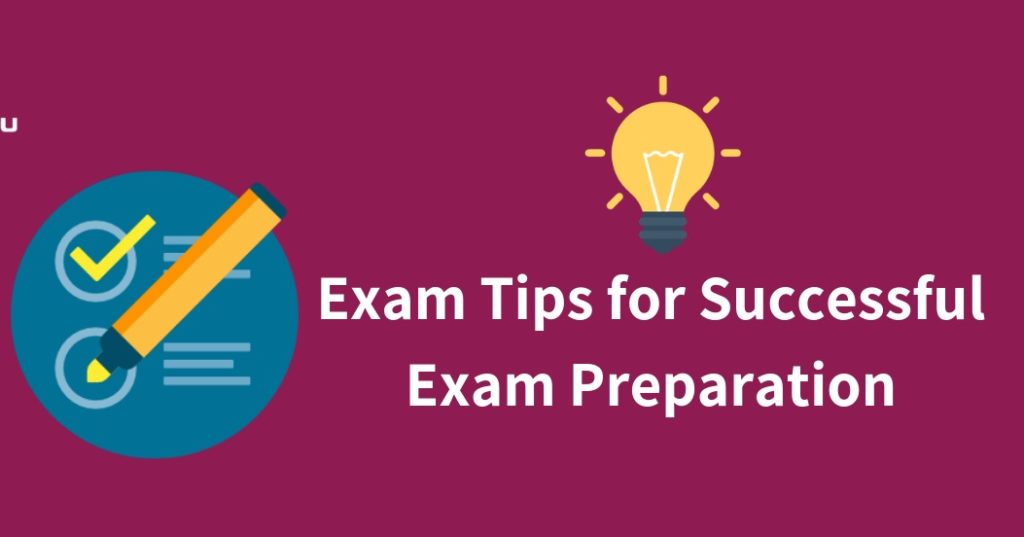Paper presentations are an integral part of many exams and assessments, providing students with an opportunity to showcase their understanding of a particular subject matter. While written exams test a student’s knowledge on paper, paper presentations take it a step further by evaluating their ability to communicate and present information effectively. This article aims to provide valuable insights and strategies to excel in paper presentations during exams, enabling students to maximize their potential and achieve academic success.
Apart from knowledge and understanding of the subject, the way you present your answers in the answer sheet to the examiner also plays a vital role in scoring good marks in board exams. You may have definitely heard toppers talking about the role of paper presentation and how it helps to score well on boards. Presenting your answers in an appealing manner helps you score candy points in any examination. Although it won’t fetch you many extra marks, it helps prevent the extra loss of marks.
Understanding
Before diving into the preparation process, it is crucial to thoroughly understand the objective of the paper presentation. Analyze the topic or subject matter assigned and identify the key points or themes that need to be covered. This will help you structure your presentation effectively and stay focused throughout the process.
Time Management
Time management is crucial during paper presentations. Practice delivering your presentation within the allotted time frame to avoid rushing or exceeding the time limit. Divide your content into manageable segments and assign a specific duration to each section. This will help you stay on track and ensure that you cover all the essential points without compromising quality.
Don’t run after ‘good’ handwriting. Handwriting does not play any role in your exams. Instead, make sure that your handwriting is legible, i.e., the examiner can read your answer sheet clearly without making many assumptions about what you have written. You are supposed to make your answer sheet neat and not beautiful. Do not try to show off your calligraphy skills on paper. Write in clear, neat handwriting with sufficient gaps between the words and minimum cuts.
Handling Questions
Prepare yourself for potential questions from the audience. Anticipate queries based on your presentation and be ready to provide concise and confident responses. If you don’t know the answer to a question, admit it gracefully, and offer to research further or provide follow-up information later.
Unless it is a language paper, always use bullet points to write long answers in theory exams. The examiner neither has the time nor will to read long paragraphs to assess your answers. Make his task easier by writing in bullet points.
You may use bullets to write answers for the following type of questions:
- Give reasons.
- Describe the types/components/parts.
- Characteristics/features of something.
- Importance of the topic.
Practice & Perfect
To boost your confidence and delivery, dedicate ample time to practice and rehearse your presentation. Stand in front of a mirror or record yourself to observe your body language, gestures, and vocal tone. Pay attention to your pace, volume, and clarity of speech. Consider seeking feedback from peers or mentors to further improve your presentation skills.
Research and Information
Once you have a clear understanding of the topic, conduct thorough research to gather relevant information and supporting evidence. Utilize various resources such as textbooks, academic journals, credible websites, and online databases to ensure the accuracy and reliability of your content. Take notes and organize the information in a logical manner to facilitate easy referencing during the presentation.
Highlight Important Keywords
Much often, certain keywords are powerful enough to answer the whole question. However, while writing they get mixed up with other words and the examiner may not pay much attention to them. Highlighting keywords of the answer by underlining them grabs the attention of the examiner, who can now at a glance judge the quality of the answer and understanding of the candidate.
- Avoid highlighting the whole sentence unless it is a really important and famous quote. Highlight certain words and phrases only.
- Always highlight the facts, formulas, and key-terms.
Use Diagrams and Graphs
Make your sheet appealing and attractive. Use pictorial presentation wherever required. This helps the examiner to predict the content of your answer before even reading it. Thus, if you have drawn a good flowchart representing the components of the Budget, you will get full marks even if you have not written the answer very well. This will provide you an edge over other students who use only words to explain. Don’t restrict yourself to that.
Leave Enough Space
Between words, answers, and on margins. Usually, the answer sheet provided by any board is already margined. If not, take 2-3 mins initially to draw straight margins on both sides of every sheet. You can use the space beyond the margin on the left-hand side of the paper to write the question number.
Similarly, leave 2-3 lines after finishing every answer and before starting a new answer. You can also draw a horizontal line after finishing an answer to make it more visible. In case of long answers, start every answer on a fresh page. This makes your answer sheet clearer and organized.
Make a separate space for rough work
In subjects that require calculation, it is advisable that you mark the last sheet of the answer booklet as rough and use it for your calculations. Many students use the space beyond the right margin of the sheet to do rough calculations. This disturbs the neatness of the paper a little bit. However, no one is going to cut your marks for that purpose. You can go as per your comfort.
Finally,
Mastering the art of paper presentations in exams requires careful planning, preparation, and effective delivery. By understanding the objectives, conducting thorough research, organizing content, practicing, and engaging the audience, you can excel in these assessments. Remember, confidence, clarity, and effective communication are the keys to success. With consistent practice and continuous improvement, you can become a proficient paper presenter, enhancing your academic journey and future professional endeavors.

